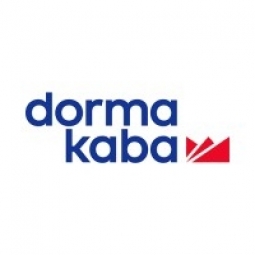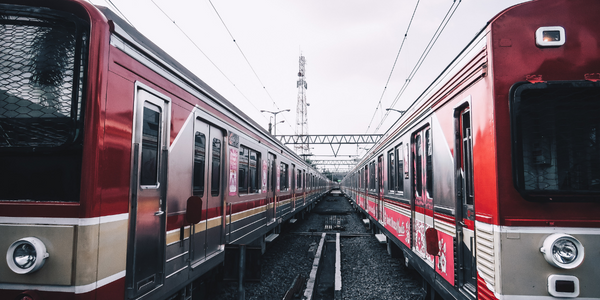Customer Company Size
Large Corporate
Country
- Worldwide
Product
- eyeTrain On-board Digital Video Recording (DVR)
- dormakaba Camlock K31
- dormakaba Cabinet Locks K1074
Tech Stack
- Mechanical Locking Systems
- RFID Technology
Implementation Scale
- Enterprise-wide Deployment
Impact Metrics
- Customer Satisfaction
Technology Category
- Cybersecurity & Privacy - Database Security
Applicable Industries
- Railway & Metro
Applicable Functions
- Logistics & Transportation
Use Cases
- Public Transportation Management
Services
- System Integration
About The Customer
Petards Group is a world-wide leader and established innovator in the sectors of Transport, Emergency Services and Defence. With a history dating back over fifty years, the company has a strong reputation for its high-quality products and services. Petards Group has been involved with dormakaba for several years, using their high security mechanical locking solutions for their products manufactured for the Rail industry. The company's products are designed specifically for the rail sector, exceeding the legislated environmental and power requirements.
The Challenge
The rail sector demands high-quality security and surveillance equipment to increase passenger safety and improve passenger satisfaction. The challenge was to find a solution that could meet the legislated environmental and power requirements, while also being enclosed in a custom thermomechanical vandal-resistant rack-mounted casing. The solution also needed to have the ability to react to alarms and triggers to increase the recorded frame rate during incidents and securely protect the recording to allow later retrieval.
The Solution
The Kaba 20 series of high security mechanical cylinders was chosen by Petards to secure the eyeTrain On-board Digital Video Recording (DVR) solution. Both the dormakaba Camlock K31 and Cabinet Locks K1074 are used to secure Petards DVR cabinets. The high permutation capacity of Kaba 20 forms the basis for an extensive master key system which integrates many locking types such as Camlocks, Cabinet locks, door locks and key switches. The system can also be integrated with electronic locking or online access control through the inclusion of an RFID chip into the keybow.
Operational Impact

Case Study missing?
Start adding your own!
Register with your work email and create a new case study profile for your business.
Related Case Studies.
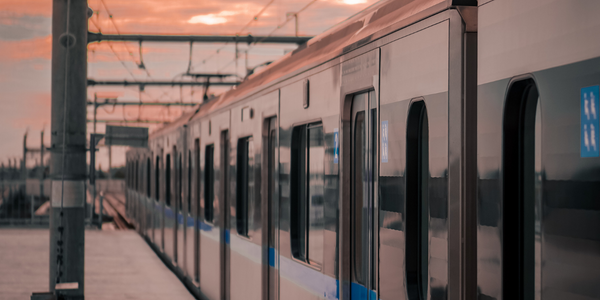
Case Study
Building Smart IoT-Connected Railways
• Difficult environment. Communications equipment on trains must function properly in harsh conditions, such as environment temperatures ranging from -25°C to +85°C, according to the EU standard EN50155.• Railway regulations. All products in a train must adhere to strict standards, relating to working vibration, power consumption, and lifetime.• Lengthy process. Time to market in the railway industry can take years from concept to mass production, so product design requires a solid long term vision.
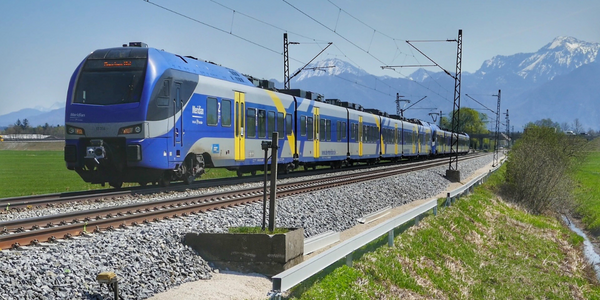
Case Study
Connected Transportation: A Smarter Brain for Your Train with Intel
A modern locomotive, for example, has as many as 200 sensors generating more than a billion data points per second. Vibration sensors surround critical components, video cameras scan the track and cab, while other sensors monitor RPM, power, temperature, the fuel mix, exhaust characteristics, and more.Most of today’s locomotives lack sufficient on-board processing power to make full use of all this data. To make matters worse, the data from different subsystems, such as the brakes, fuel system, and engine, remain separate, stored in isolated “boxes” that prevent unified analysis. The data is available, but the technology needed to process it in the most effective manner is not. As new sensors are added to the machine, the problem escalates.
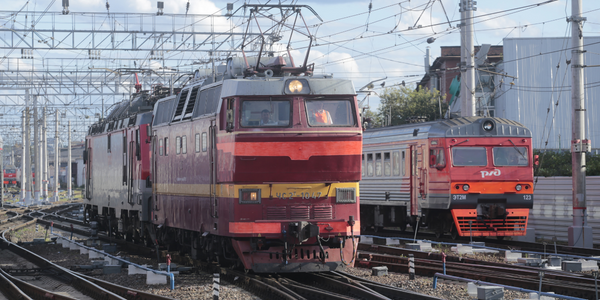
Case Study
Using LonWorks to Keep Acela Trains Zip Along
Canadian transportation company, Bombardier was tasked with building a bullet train system on rails that were designed for lower speed trains. In addition, they had to ensure safe and optimal operation at high speeds, maximize train uptime and enhance communication with passengers.
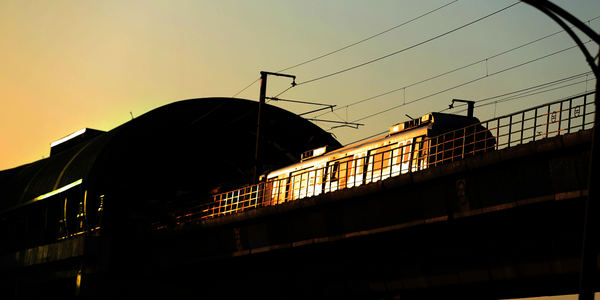
Case Study
Delhi NCR Metro: A Mobile App Revolutionizing Public Transportation
The Delhi NCR Metro, a major public transportation system in India, was facing a challenge in providing accurate and comprehensive information to its daily commuters and tourists. The lack of a centralized platform for information about metro station details, train schedules, fare details, parking, elevators, and tourist locations was causing inconvenience to the users. The challenge was to develop a mobile app that could provide all this information accurately and conveniently. The app needed to be equipped with GPS services to help users find the nearest metro and renowned locations. An interactive map was also required to assist travelers who were familiar with the metro lines. The goal was to provide maximum information with minimum input.
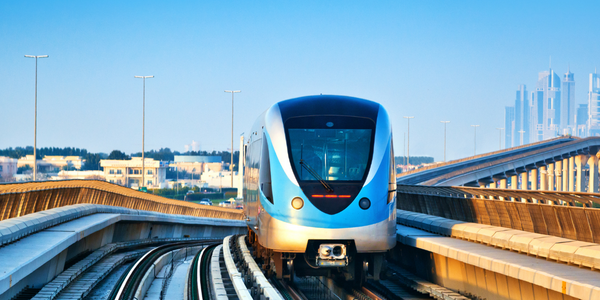
Case Study
Automated Railcar Inspections Increase Security and Revenue
Providing industry and government customers with intelligent inspection, automation, safety, and security solutions, Duos Technologies Group, Inc. (“Duos” or the “Company” - Nasdaq: DUOT) continually pushes the boundaries of IT. To keep pace with expanding AI-enabled data capture analytics for its edge railcar inspections, the company chose the latest Dell EMC PowerEdge servers.Duos Technologies’ challenge was finding a way to leverage technology as a force multiplier to meet customer requirements for a better, faster inspection process for trains running at full speed. Duos developed innovative data analytic solutions with AI at the edge to conduct more reliable railcar inspections, which are available 24/7/365 in all climates and conditions.




